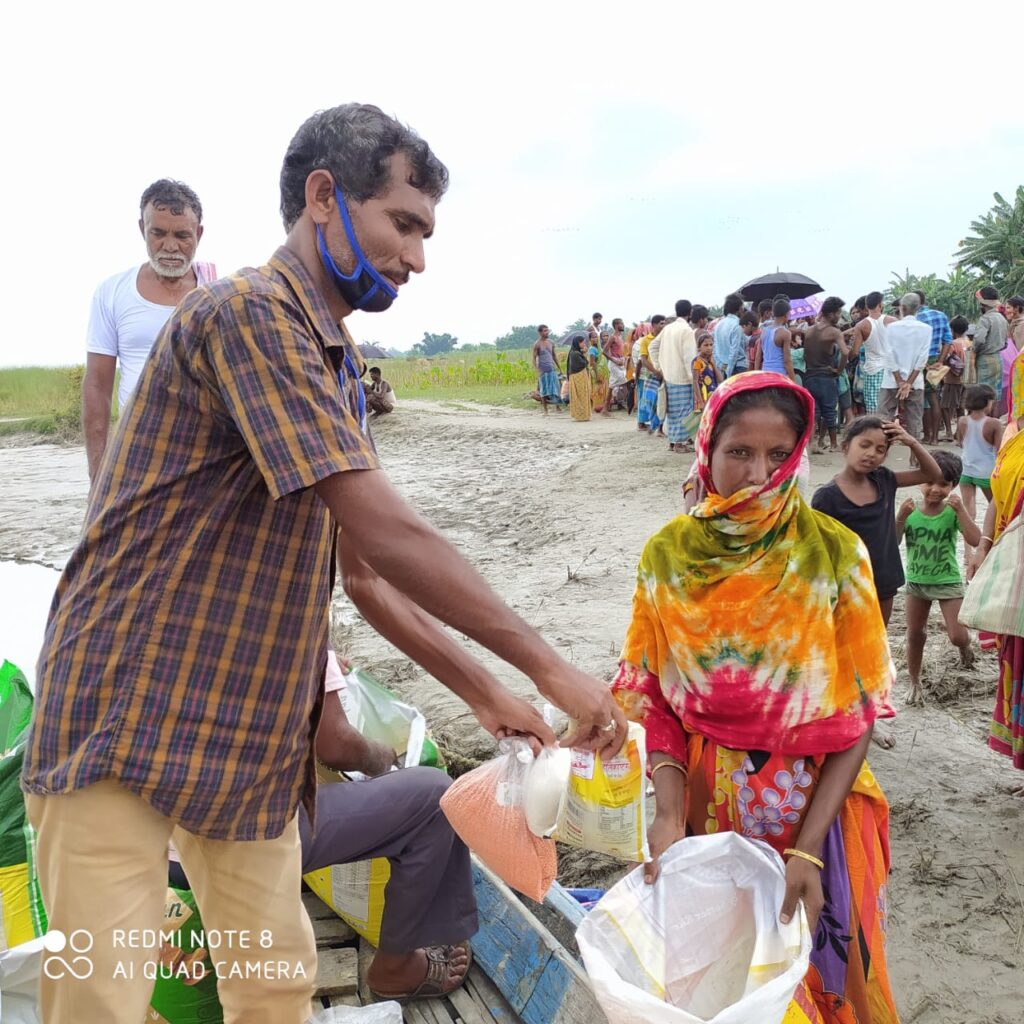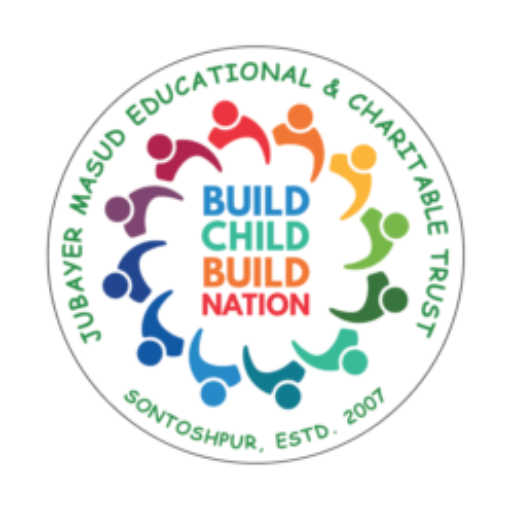Disaster Risk Management

The project area of JMECT is a highly disaster-prone area for flood and river erosion. River AIE and MANAS are liable to floods, mainly because they receive heavy rainfall within a short time. These rivers are in their early stage of maturity and are very active agents of erosion. The river waters collect a tremendous amount of silt and other debris and raise the level of the river beds. Therefore, it becomes impossible for the main channel to cope with the vast volume of water received during the rains
Compound disasters, a combination of a number of linked events, is another emerging risk that is following the pathways of rapid and large-scale development. The extent of vulnerability to natural hazards is a primary determinant, but issues of small and localized disasters also emerged.
At first, JMECT will understand disaster and climate risks in contexts and invest in risk reduction, monitor and reduce damage and losses while ensuring accountability to the affected and at-risk population.
Secondly, it reaches out to women, girls, men, and boys in the high-risk disaster-prone areas for humanitarian assistance and disaster preparedness interventions including the Covid-19 pandemic leaving no one behind especially focusing on the needs and rights of vulnerable women and girls.
It also strengthens the resilience of communities to recover from disasters to anticipate, adapt, and respond to various disasters and harmful impacts of climate changes and lead actions for their own development ensuring rights, dignity, and inclusion.
Key Actions:
Ø Humanitarian assistance through immediate relief – Dry ration food, education kit, and cash transfers
Ø Extend support to communities in Child Protection in Emergency, Education, and WASH in emergency including Gender in emergency to ensure safety nets for children
Ø Re-enrolment of children in the schools and support schools for smooth functioning
Ø Livelihood support and promote health services
It also strengthens the resilience of communities to recover from disasters to anticipate, adapt, and respond to various disasters and harmful impacts of climate changes and lead actions for their own development ensuring rights, dignity, and inclusion.
Ø Specific gender-responsive messaging on public health issues before, during, and after disasters with elements of gender equality
Ø Integrate Disaster Risk Reduction and Climate Change Adaptation across all themes
Ø Collaborate with government and other agencies
